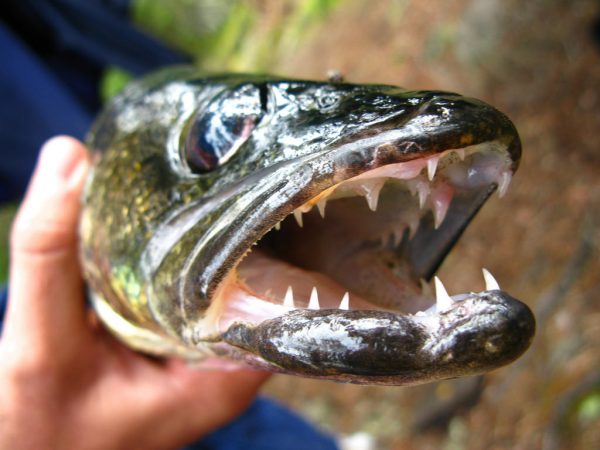Walleyes are a favorite target for many ice anglers, but catching these tasty fish can be a hit or miss proposition if you do not use the right techniques.
Jigging is the main strategy when it comes to taking winter walleyes, so it is important to learn a variety of jigging techniques to improve your odds of success. Follow these five walleye tips and you will be on your way to catching more fish this winter.
BOTTOM DWELLER
Throughout the year, walleye spend nearly all their time near the bottom of a lake, near some sort of structure. This is especially true during the winter months. Keeping this in mind, you should concentrate your jigging efforts within a few feet of the bottom. This is your red zone when it comes to jigging for walleyes.
THE PAUSE
Walleyes are attracted to the movement of a jig, but oddly, do not like to hit your bait while it is moving. Walleyes prefer to strike when your bait is sitting still. This is why it is important to incorporate pauses in your jigging. If you jig constantly, without pausing, you dramatically reduce your chances of catching a walleye. However, if you incorporate regular pauses into your jigging rhythm, you will be giving the walleye exactly what it wants. As you jig, use pauses of 5 to 10 seconds. This allows the walleye to strike the stationary bait. Walleye often hit just as the jig stops or just as you begin to move it from a stationary position.
BOUNCING
One proven technique for attracting walleyes to your jig is to bounce your bait right off the bottom. The sight of the sediment being disturbed will frequently catch a walleye’s attention and draw it to your bait. For this technique to work well, it is recommended to use a bounce occasionally, not repeatedly. If you do it too much, you may spook the fish. Also, it is important not to lay your jig on the bottom.
JIGGLING
A key to jigging for walleye is to vary the type of technique are using to find one that attracts fish. One variation of the jigging technique is to jiggle or pound your jig. This technique involves very short, quick movements, raising and dropping your rod tip just an inch or two. This change in movement is often enough to catch the attention of a walleye.
SIDE MOVEMENTS
Another way to vary the action on your jig is to change your movements from the vertical to the horizontal. On way to do this is by circling your jig. Use your rod tip to follow the outline of your hole in the ice, in a circular motion. Another way to achieve horizontal movement is to move your rod tip from side to side. This gets your jig swinging back and forth in the water, producing a different movement that can draw a walleye toward your bait.
Photo credit: Wikimedia








